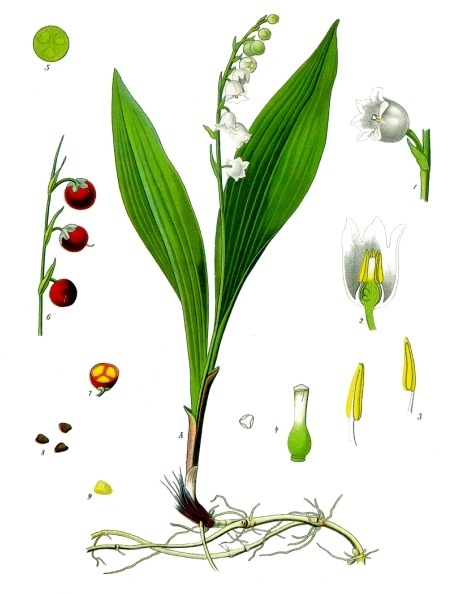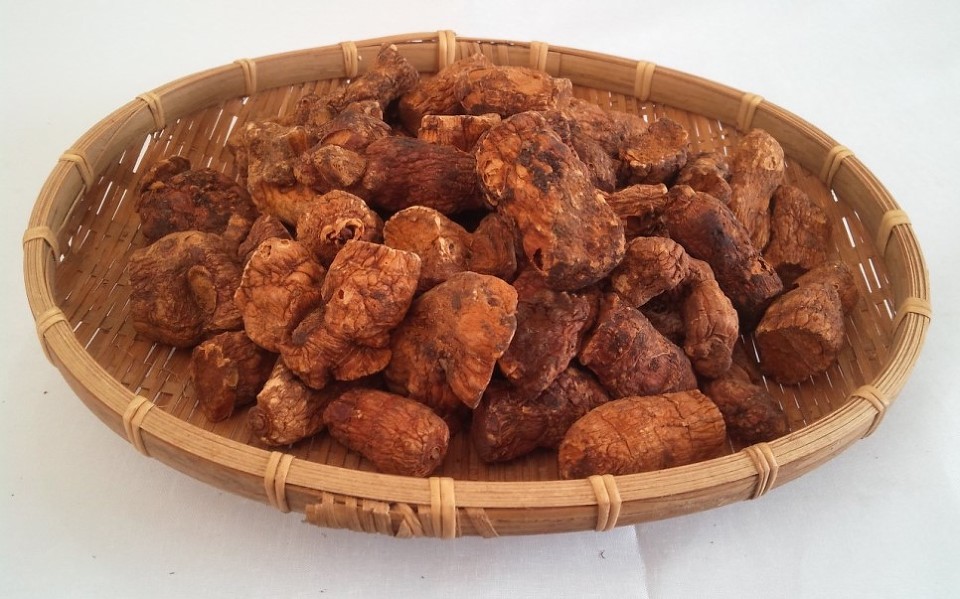|
Lineover Wood
Lineover Wood () is a biological Site of Special Scientific Interest in Gloucestershire, notified in 1986. The site is owned and managed by the Woodland Trust, and is near the communities of Charlton Kings, Cheltenham and Dowdeswell. The Cotswold Way National Trail runs through the site, crossing the A40 from the opposite side of the valley where it runs along the edge of Dowdeswell Woods and below the dam of Dowdeswell Reservoir. The site is listed in the 'Cotswold District' Local Plan 2001-2011 (on line) as a Key Wildlife Site (KWS). Location The site is in the |
Charlton Kings
Charlton Kings is a contiguous village adjoining Cheltenham in Gloucestershire, England. The area constitutes a civil parish of 10,396 residents (2011). Landscape Charlton Kings is situated in the west foothills of the north-south Cotswolds, which is an Area of Outstanding Natural Beauty. Its surroundings are protected by nature conservation legislation and designations. Lineover Wood SSSI is located on the Cotswold District side of the eastern boundary. Charlton Kings Common and Leckhampton Hill are also designated as SSSIs by Natural England. The River Chelt enters the area from the east. The Cotswold Way National Trail is on Charlton Kings's eastern boundary and runs alongside Dowdeswell Reservoir and Woodland which is on the Cotswold District side of the eastern boundary. History The place name comes from Anglo-Saxon times, the word "Charlton" evolved from the term ''ceorls' tun'', a ceorl latterly rendered churl being the Saxon term for an independent peasant ... [...More Info...] [...Related Items...] OR: [Wikipedia] [Google] [Baidu] |
Pedunculate Oak
''Quercus robur'', commonly known as common oak, pedunculate oak, European oak or English oak, is a species of flowering plant in the beech and oak family, Fagaceae. It is a large tree, native to most of Europe west of the Caucasus. It is widely cultivated in temperate regions elsewhere and has escaped into the wild in scattered parts of China and North America. Description ''Quercus robur'' is a large deciduous tree, with circumference of grand oaks from to an exceptional . The Majesty Oak with a circumference of is the thickest tree in Great Britain. The Brureika (Bridal Oak) in Norway with a circumference of (2018) and the Kaive Oak in Latvia with a circumference of are among the thickest trees in Northern Europe. The largest historical oak was known as the Imperial Oak from Bosnia and Herzegovina. This specimen was recorded at 17.5 m in circumference at breast height and estimated at over 150 m³ in total volume. It collapsed in 1998. The species has lobed and ... [...More Info...] [...Related Items...] OR: [Wikipedia] [Google] [Baidu] |
Pearl-bordered Fritillary
The pearl-bordered fritillary (''Boloria euphrosyne'') is a butterfly of the family Nymphalidae found in Europe and through Russia across the Palearctic to the north of Kazakhstan. Description The adult butterfly is orange with black spots on the upperside of its wing and has a wingspan of 38–46 mm. The underside of the wings have a row of silver-pearly markings along the edge, which give the species its name. The pearl-bordered fritillary is often confused with the small pearl-bordered fritillary, but can be distinguished by the triangle along its pearl border (the small pearl-bordered has black chevrons) as well as the presence of a single silver spot in the middle of a row of yellow spots. The female has darker markings and rounder wings than the male. The caterpillars are black with white or yellow spines along their backs. Like other species of fritillary, the males have special scent glands on their wings so that they can be recognised by females of their own spec ... [...More Info...] [...Related Items...] OR: [Wikipedia] [Google] [Baidu] |
Lily-of-the-valley
Lily of the valley (''Convallaria majalis'' (), sometimes written lily-of-the-valley, is a woodland flowering plant with sweetly scented, pendent, bell-shaped white flowers borne in sprays in spring. It is native throughout the cool temperate Northern Hemisphere in Asia and Europe. ''Convallaria majalis'' var. ''montana'', also known as the American lily of the valley, is native to North America. Due to the concentration of cardiac glycosides (cardenolides), it is highly poisonous if consumed by humans or other animals. Other names include May bells, Our Lady's tears, and Mary's tears. Its French name, ''muguet'', sometimes appears in the names of perfumes imitating the flower's scent. In pre-modern England, the plant was known as glovewort (as it was a wort used to create a salve for sore hands), or Apollinaris (according to a legend that it was discovered by Apollo). Description ''Convallaria majalis'' is an herbaceous perennial plant that often forms extensive colonies by ... [...More Info...] [...Related Items...] OR: [Wikipedia] [Google] [Baidu] |
Angular Solomon's Seal
''Polygonatum odoratum'' (syn. ''P. officinale''), the angular Solomon's seal or scented Solomon's seal, is a species of flowering plant in the family Asparagaceae, native to Europe, the Caucasus, Siberia, the Russian Far East, China, Mongolia, Korea and Japan. In the United Kingdom it is one of three native species of the genus, the others being '' P. multiflorum'' and '' P. verticillatum''. The genus name ''Polygonatum'' comes from the Greek words "poly", meaning "many", and "gonu", meaning "knee joint". This is in reference to the plant's jointed rhizomes. The Latin specific epithet ''odoratum'' means "scented". Description ''Polygonatum odoratum'' is a colonizing herbaceous perennial growing to tall by wide, with alternate, simple leaves on arching stems. The scented tubular flowers are white with green tips, borne in spring and hanging from the underside of the stems. Cultivation ''Polygonatum odoratum'', like its relative lily of the valley, is cultivated in moist, shade ... [...More Info...] [...Related Items...] OR: [Wikipedia] [Google] [Baidu] |
Herb Paris
''Paris quadrifolia'', the herb Paris or true lover's knot, is a species of flowering plant in the family Melanthiaceae. It occurs in temperate and cool areas throughout Eurasia, from Spain to Yakutia, and from Iceland to Mongolia. It prefers calcareous soils and lives in damp and shady places, especially old established woods and stream banks. ''P. quadrifolia'' is in decline in Europe due to loss of habitat. In Iceland, for example, it is on the red list. Characteristics ''P. quadrifolia'' is a perennial herbaceous plant that is tall. It may have 3–8 leaves but typically there are four leaves arranged as opposing pairs. The flowers are wispy and inconspicuous. The plant flowers during the months of June and July. It has a solitary flower with four narrow greenish filiform (threadlike) petals, four green petaloid sepals, eight golden yellow stamens, and a round purple to red ovary. The flower is borne above a single whorl of four leaves. Each plant produces ... [...More Info...] [...Related Items...] OR: [Wikipedia] [Google] [Baidu] |
Meadow Saffron
''Colchicum autumnale'', commonly known as autumn crocus, meadow saffron, or naked ladies, is a toxic autumn-blooming flowering plant that resembles the true crocuses, but is a member of the plant family Colchicaceae, unlike the true crocuses, which belong to the family Iridaceae. The name "naked ladies" is because the flowers emerge from the ground long before the leaves appear. Despite the vernacular name of "meadow saffron", this plant is not the source of saffron, which is obtained from the saffron crocus, ''Crocus sativus'' – and that plant, too, is sometimes called "autumn crocus". The species is cultivated as an ornamental in temperate areas, in spite of its toxicity. The cultivar 'Nancy Lindsay' has gained the Royal Horticultural Society’s Award of Garden Merit. Description This herbaceous perennial has leaves up to long. The flowers are solitary, across, with six tepals and six stamens with orange anthers and three white styles. At the time of fertilisation, the ova ... [...More Info...] [...Related Items...] OR: [Wikipedia] [Google] [Baidu] |
Dog's Mercury
''Mercurialis perennis'', commonly known as dog's mercury, is a poisonous woodland plant found in much of Europe as well as in Algeria, Iran, Turkey, and the Caucasus, but almost absent from Ireland, Orkney and Shetland. includes photos, drawings, and a European distribution map A member of the spurge family (), it is a , downy perennial with erect stems bearing simple, serrate leaves. The |
Bramble
A bramble is any rough, tangled, prickly shrub, usually in the genus ''Rubus'', which grows blackberries, raspberries, or dewberries. "Bramble" is also used to describe other prickly shrubs, such as roses (''Rosa'' species). The fruits include blackberries, arctic brambleberries, or raspberries, depending on the species, and are used to make jellies, jams, and preserves. In British English, bramble usually refers to the common blackberry, ''Rubus fruticosus''. ''R. fruticosus'' grows abundantly in all parts of the British Isles, and harvesting the fruits in late summer and autumn is often considered a favourite pastime. An especially hardy plant, bramble bushes can also become a nuisance in gardens, sending down strong suckering roots amongst hedges and shrubs and being particularly resilient against pruning. Many consider ''R. fruticosus'' a weed due its tendency to grow in neglected areas and its sharp, tough thorns, which can be hazardous to children and pets ... [...More Info...] [...Related Items...] OR: [Wikipedia] [Google] [Baidu] |
Crataegus
''Crataegus'' (), commonly called hawthorn, quickthorn, thornapple, Voss, E. G. 1985. ''Michigan Flora: A guide to the identification and occurrence of the native and naturalized seed-plants of the state. Part II: Dicots (Saururaceae–Cornaceae)''. Cranbrook Institute of Science and University of Michigan Herbarium, Ann Arbor, Michigan. May-tree,Graves, Robert. ''The White Goddess: A Historical Grammar of Poetic Myth'', 1948, amended and enlarged 1966, New York: Farrar, Straus and Giroux. whitethorn, Mayflower, or hawberry, is a genus of several hundred species of shrubs and trees in the family Rosaceae, native to temperate regions of the Northern Hemisphere in Europe, Asia, North Africa, and North America. The name "hawthorn" was originally applied to the species native to northern Europe, especially the common hawthorn ''C. monogyna'', and the unmodified name is often so used in Britain and Ireland. The name is now also applied to the entire genus and to the related Asian ... [...More Info...] [...Related Items...] OR: [Wikipedia] [Google] [Baidu] |
Field Maple
''Acer campestre'', known as the field maple, is a flowering plant species in the family Sapindaceae. It is native to much of continental Europe, Britain, southwest Asia from Turkey to the Caucasus, and north Africa in the Atlas Mountains. It has been widely planted, and is introduced outside its native range in Europe and areas of USA and Western Australia with suitable climate. Description It is a deciduous tree reaching tall, with a trunk up to in diameter, with finely fissured, often somewhat corky bark. The shoots are brown, with dark brown winter buds. The leaves are in opposite pairs, long (including the petiole) and broad, with five blunt, rounded lobes with a smooth margin. Usually monoecious, the flowers are produced in spring at the same time as the leaves open, yellow-green, in erect clusters across, and are insect-pollinated. The fruit is a samara with two winged achenes aligned at 180°, each achene is wide, flat, with a wing. The two varieties, not ac ... [...More Info...] [...Related Items...] OR: [Wikipedia] [Google] [Baidu] |








